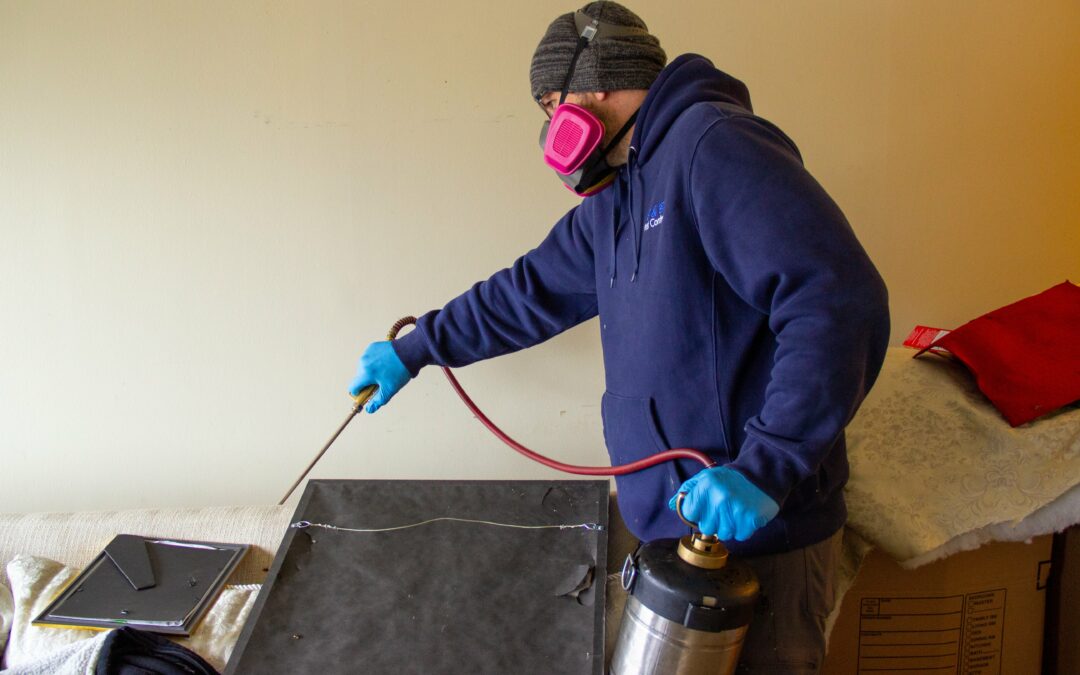Numerous beetle, moth and bird-infesting louse species naturally feed on organic materials containing keratin. Keratin is a protective protein found in feathers, hair, fur, nails, skin, and internal organ tissue. Fruits, vegetables and other naturally grown foods contain trace amounts of keratin, making them suitable for human consumption. Surprisingly, the three above named insect groups are the only animals on earth that are known to be capable of digesting keratin. Unfortunately, several keratin-eating beetle and moth species are known pests of homes where they feed on wool, silk, leather and down comforters and pillows. These pests will also readily feed on any type of synthetic fabric that has absorbed bodily fluid or plant secretions, such as perspiration, urine, beer, fruit juice and milk. In fact, merely handling an article of fabric for a second or two will transmit enough bodily oils to make the fabric susceptible to damage by these beetle and moth pests.
Keratin-eating insect pests are commonly referred to as carpet beetles and clothes moths, but only moth larvae (caterpillars) feed on keratin. While very few insect species are able to digest keratin, several other insect pests of homes, such as termites, cockroaches and silverfish, frequently chew on materials that contain the protein. In addition to being very common house pests throughout the US, carpet beetles and clothes moths are also economically significant pests due to the property damage they inflict. While furniture upholstery and carpeting are not typically made from animal products, and therefore, do not contain keratin, the massive amount of hair, pet fur, nails, perspiration, spilled beverages and dead skin that accumulate on furniture and carpeting attract hungry fabric pests. Stored or unused animal-based textiles, particularly woolens, are the most commonly damaged indoor items, and stored wool is often the source of infestations. However, dry-cleaning these items before storing them away will go a long way toward preventing infestations.
Have you ever found mysterious holes in your stored clothing that may have been caused by fabric pests?

